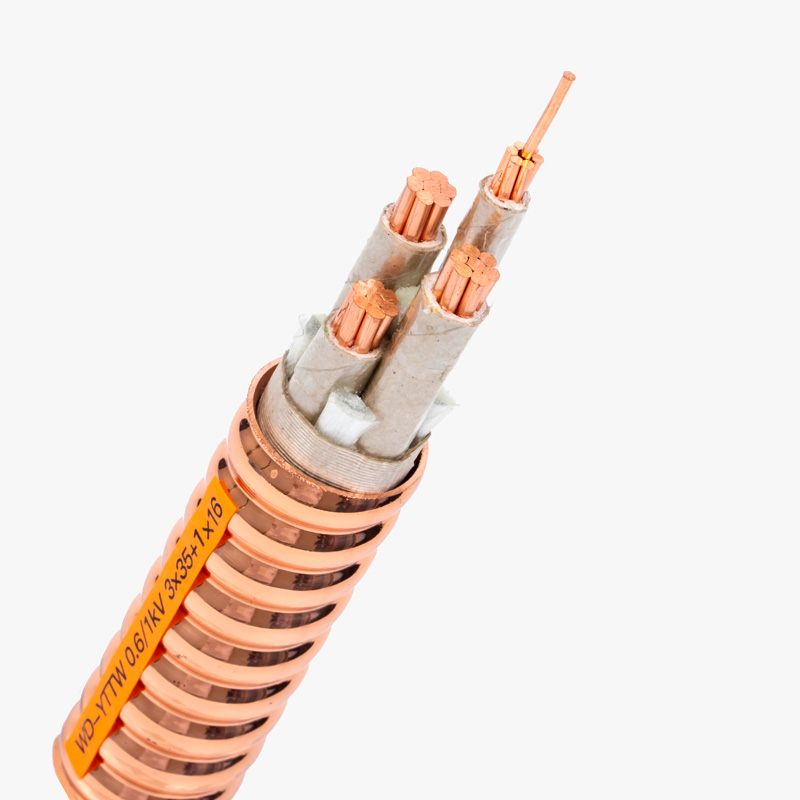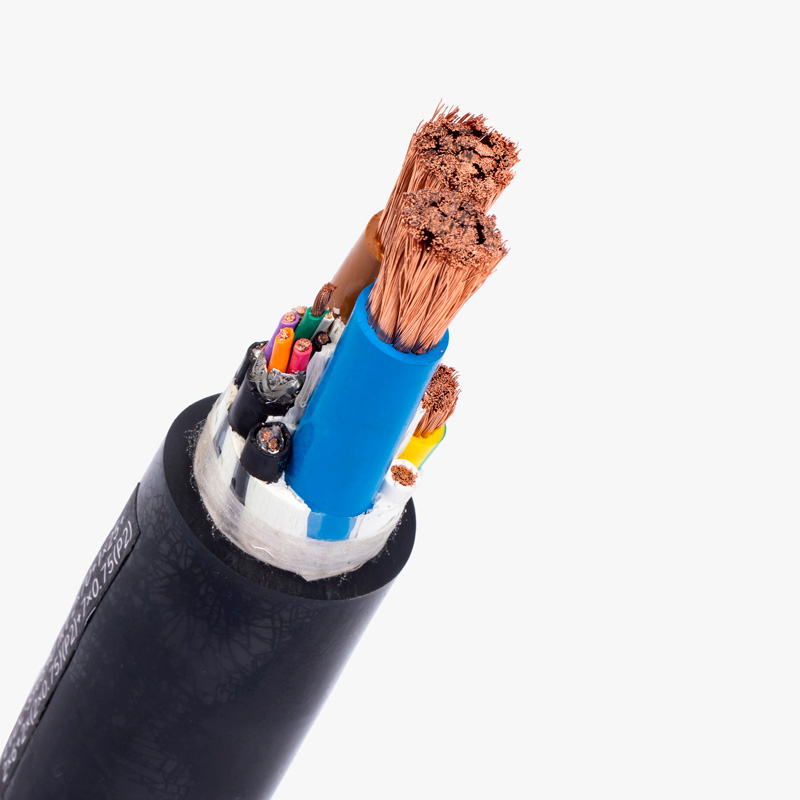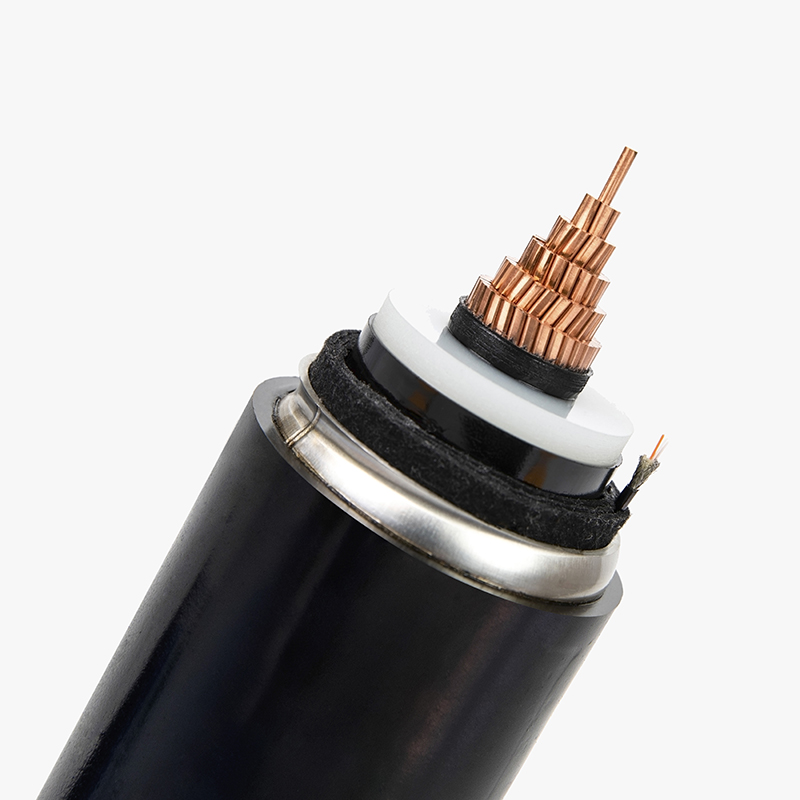Single-core fire-resistant cables
Single-core fire-resistant cables are specifically designed to ensure the safety of electrical systems in the event of a fire. These cables continue to perform under high heat conditions, offering critical protection in various applications, including industrial settings, high-rise buildings, and more. Their robust insulation allows them to remain operational in fire situations, minimizing potential risks to personnel and infrastructure.
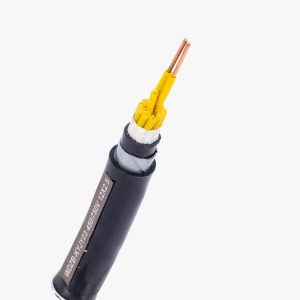
When should we use fire-resistant cables?
Fire-resistant cables are essential in areas where fire safety is a priority, such as in buildings with high occupancy, critical infrastructure, and systems that must remain operational during emergencies. These cables are especially crucial for emergency alarm systems, fire detection, and safety-related electrical circuits.
| Area | Importance of Fire-Resistant Cables |
|---|---|
| Buildings with High Occupancy | Fire-resistant cables ensure critical electrical systems remain operational, safeguarding large numbers of people in case of fire. |
| Critical Infrastructure | These cables protect essential infrastructure such as power plants, hospitals, and transportation networks, ensuring continued operation during emergencies. |
| Emergency Alarm Systems | Fire-resistant cables are crucial in ensuring emergency alarm systems stay functional in case of a fire, alerting people and preventing disasters. |
| Fire Detection Systems | These cables help maintain the operation of fire detection systems, ensuring timely response to potential fires and enhancing safety. |
| Safety-Related Electrical Circuits | Fire-resistant cables are vital for circuits connected to fire safety systems, like sprinklers and emergency lighting, keeping them active during a fire. |
Applications of single-core fire-resistant cables
Single-core fire-resistant cables are widely used in high-risk environments such as commercial buildings, hospitals, and power stations. Manufacturers like Znergy Cable offer various fire-resistant cable solutions, including those designed to ensure maximum safety under fire conditions, serving critical functions in emergency systems.
Keep reading to explore the different aspects of fire-resistant cables and understand their importance in fire safety.
What is the main difference between fire-resistant cables and flame-retardant cables?
Fire-resistant and flame-retardant cables both serve critical roles in fire safety, but their functions are distinct. Fire-resistant cables are built to continue to operate under fire conditions, maintaining their functionality even when exposed to extreme heat. These cables are designed with advanced insulation and construction materials to withstand prolonged exposure to fire. In contrast, flame-retardant cables are designed to resist the spread of flames but may not function properly under high heat. While flame-retardant cables are intended to slow down or stop the progression of a fire, fire-resistant cables ensure that electrical systems stay operational during a fire.
Read more: https://www.qrunningcable.com/difference-between-flame-retardant-and-fire-resistant-cables/
| Feature | Fire-Resistant Cables | Flame-Retardant Cables |
|---|---|---|
| Function | Continue to operate under fire conditions, maintaining electrical system functionality during a fire. | Resist the spread of flames but may not function properly under high heat. |
| Insulation and Materials | Built with advanced insulation and construction materials to withstand prolonged fire exposure. | Designed to prevent flames from spreading but not meant to sustain operation in extreme heat. |
| Performance in Fire | Stay operational even when exposed to extreme heat for an extended period. | Slows down or stops the progression of a fire but does not ensure continued operation during a fire. |
| Application | Used in critical systems that must remain operational during fire emergencies (e.g., emergency alarms, fire detection). | Typically used in areas where flame spread prevention is the priority, but continued operation isn’t essential. |
The structural characteristics of fire-resistant cables
Fire-resistant cables are composed of multiple layers that provide both insulation and protection in the event of a fire. These layers typically include high-temperature-resistant materials such as mica, ceramic, or silicone, which help the cables withstand intense heat. The core of these cables is often made from copper or aluminum, and the insulating materials are designed to prevent the cable from melting or catching fire. The outer layer is usually made from a tough material that further insulates the cable and adds an extra layer of protection. These structural features allow fire-resistant cables to continue to perform in fire conditions, unlike standard cables, which may become damaged and fail.
Related product links:https://www.qrunningcable.com/fire-cable/xlpe-insulated-steel-tape-amoured-low-smoke-zero-halogen-lszh-sheathed-control-cable-cu-xlpe-sta-lszh-multi-core/
Product structure diagram:
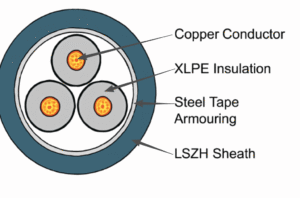
Classification of fire-resistant cables
Fire-resistant cables can be classified based on their ability to withstand fire and maintain their functionality under extreme heat. They are generally divided into two main categories: low fire-resistance cables and high fire-resistance cables. Low fire-resistance cables can function for a short period (typically up to 30 minutes) in the event of a fire, while high fire-resistance cables can remain operational for up to 120 minutes or more. These cables are further classified according to the specific fire-resistance standards they meet, such as IEC 60331, BS 7629, and others. Manufacturers design fire-resistant cables to cater to different applications based on the level of protection required for each environment.
Summary:
Single-core fire-resistant cables are essential for ensuring electrical systems function in high-heat conditions. These cables are used in critical applications like fire safety systems and emergency alarms. With a robust structure, they provide continued operation during fires, minimizing risk to both people and infrastructure.


